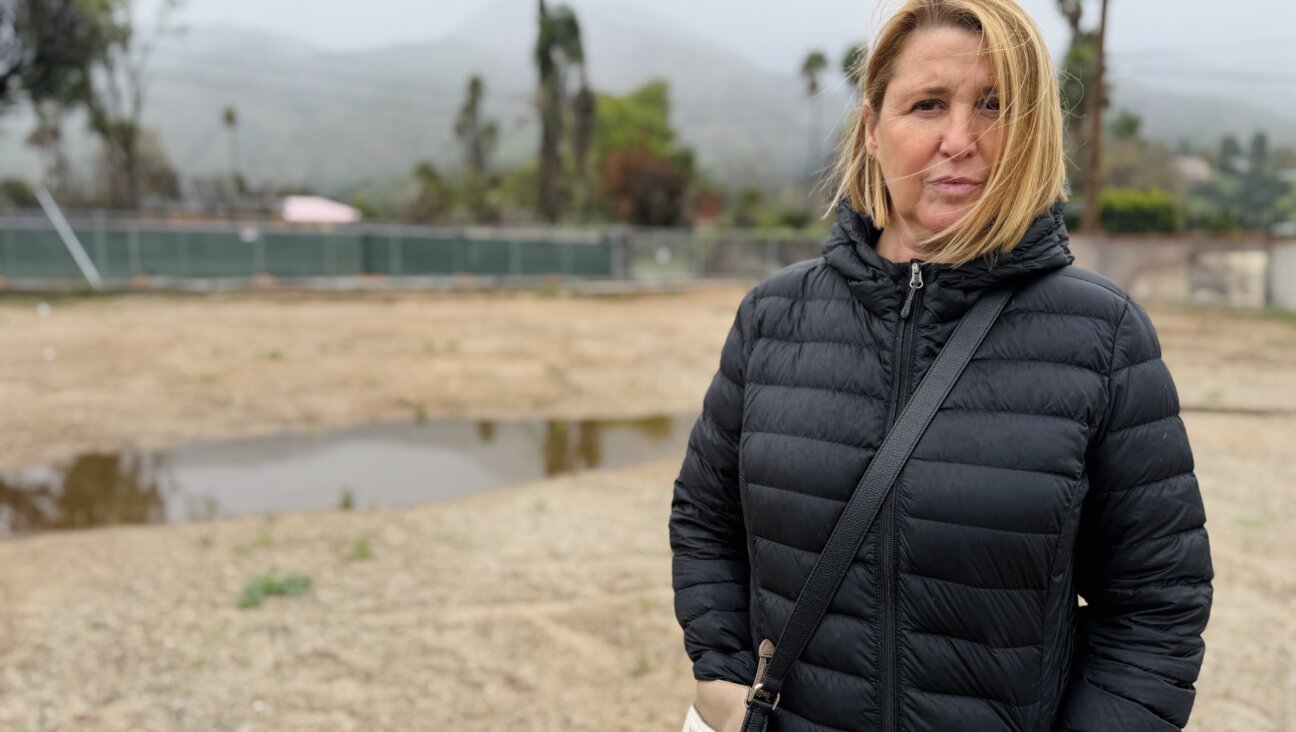The Costs of Women’s Synagogue Participation

Graphic by Angelie Zaslavsky
When my family walked into our Orthodox synagogue on Monday, the first day of Sukkot, we got there in time to see women holding their own lulav and etrog and performing the processional of “hakafot” on the women’s side of the mechitza as the men made the circuit on their side. This tandem march is not something I ever saw at the modern Orthodox synagogue I grew up attending in New Jersey, and would be an unlikely sight at most Orthodox synagogues today. All my 8-year-old daughter wanted to know, though, was when she could go outside to play with her friends.
In recent years many Orthodox women have become vocal in their dislike of Sukkot and Simchat Torah because they feel excluded from what they see as men’s holidays; some have been kicked out of a sukkah because there wasn’t enough room for the men, or are bored and frustrated when the women’s section on Simchat Torah is the site of neither Torah nor “simcha,” the Hebrew word for joy. But at the Orthodox egalitarian synagogue my daughters and I attend a short walk from our Israeli apartment (my husband often prefers going to an early minyan elsewhere), my children regularly see and hear women reading from the Torah and leading certain prayers. They themselves can lead “Adon Olam” with other children, and on Simchat Torah they can dance around the Torah even if they are not sitting on their father’s shoulders. I am glad that I can give my daughters the chance to see women involved in religious ritual, but as my kids have gotten a little older and I am able to sit in synagogue for longer stretches than I have for the past eight years, I have started to wonder about the potential costs as well.
When a woman took the Torah out of the ark the first day of Sukkot and led it around the women’s section, my daughter sulked and kept her hands to herself instead of reaching out to kiss it. Maybe she was just in a mood. Or maybe the sight is familiar enough by now to be powdered with a blandness that I hope will not give rise to apathy.
Perhaps I could more easily accept the difficulty of my daughters’ recognizing the revolution they are living if that were the price of change. And maybe it is, in a few select synagogues. But I have no reason to think women’s participation in synagogue life is going to be the norm in the Orthodox world in the foreseeable future.
As such, I feel caught in something of a bind. I don’t want my children to take women’s communal participation so much for granted that they end up feeling unduly uncomfortable in the vast majority of Orthodox synagogues where women’s participation will continue to be much more limited. I don’t want to trap my children into feeling like they can live only in a community with a certain kind of synagogue. And I certainly don’t want to turn them off to religious observance altogether when they eventually realize that their childhood shul-going experience is not reflective of girls’ experiences in most of the Orthodox world.
And yet, I want my daughters to see that they don’t necessarily have to live their public Jewish lives on the sidelines, and I want them to feel that girls and women are a welcome and integral part of Jewish life. Quite aside from who layned the last aliyah, those are not qualities I have perceived in most other shuls I’ve attended.
In various constellations, our family also attends more traditional Orthodox synagogues in the area, and maybe our shul-hopping will be enough to help offset these risks. I readily concede to having many more questions than answers, and I have no doubt that other families will opt for solutions that are different from ours. But as my husband and I muddle through Jewish parenting, at least I can say with a fair degree of certainty that my daughters will not come away from Simchat Torah thinking that it is a men’s holiday. Whether or not they take that for granted remains to be seen.
















